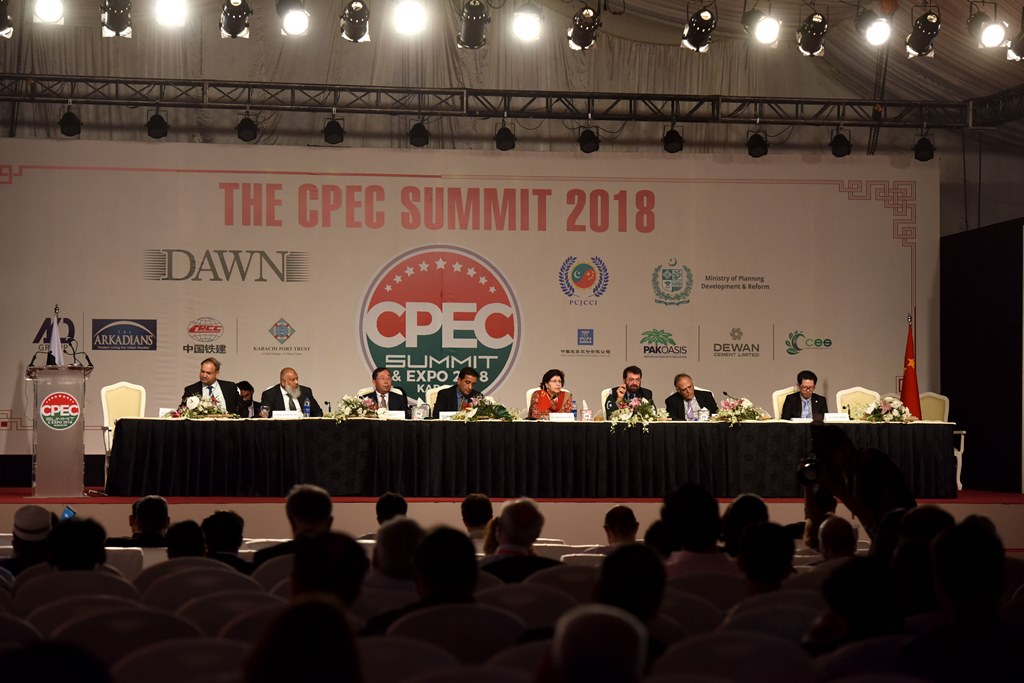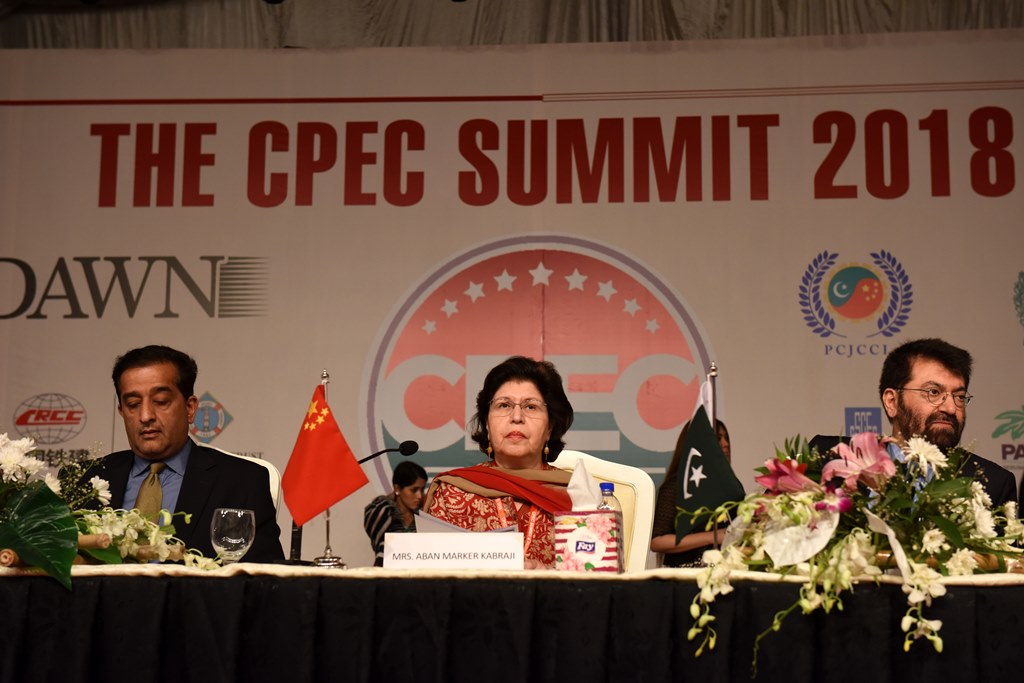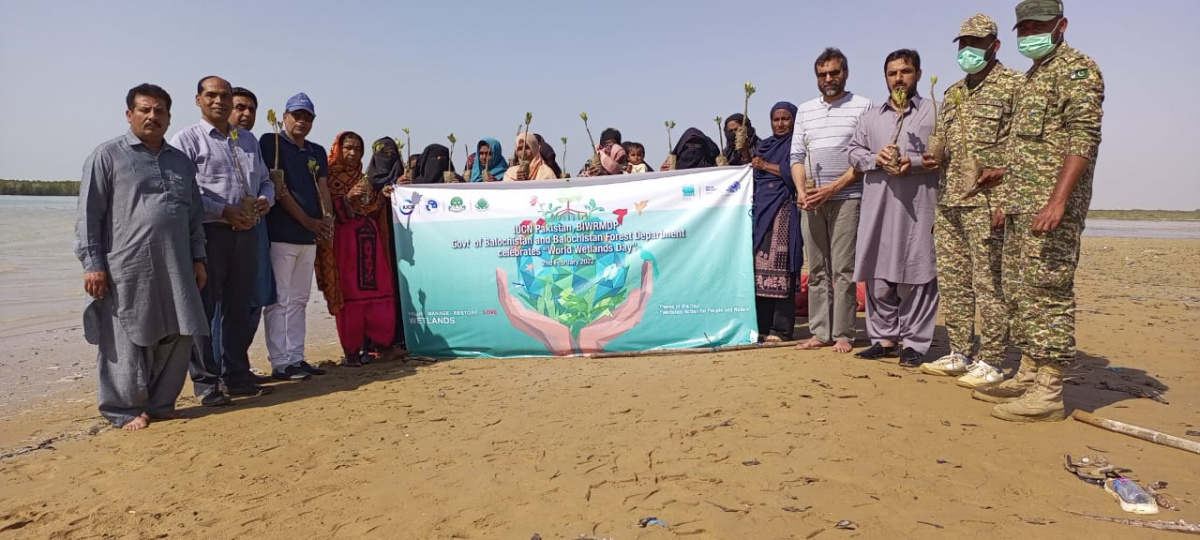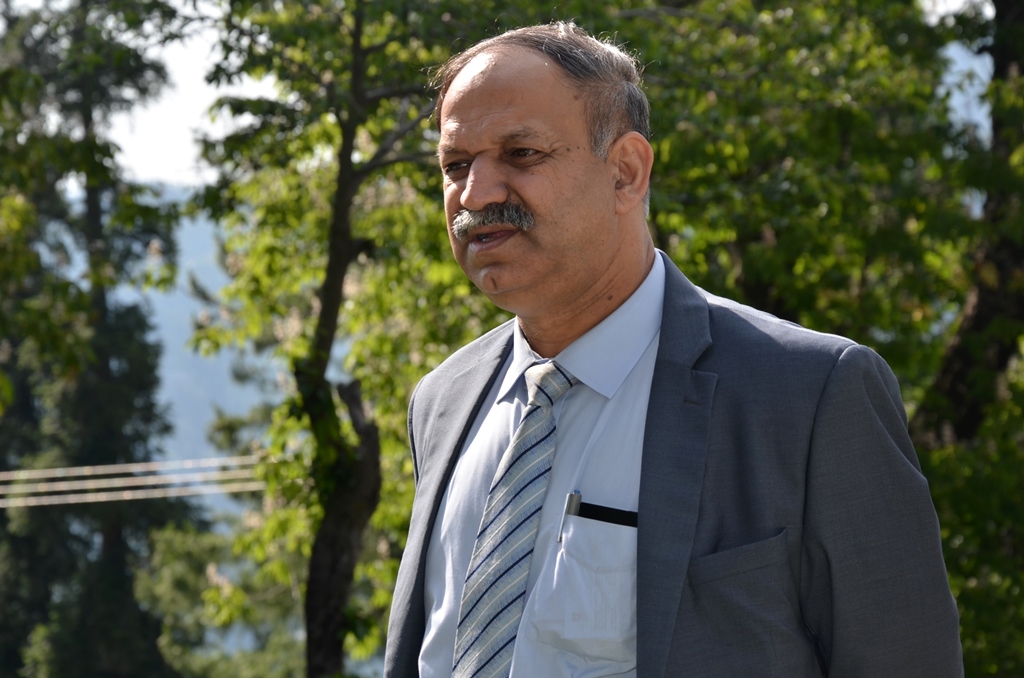‘Clear Waters, Green Mountains’ - Forging New Relationships for a Sustainable Future
IUCN sees China’s Belt and Road Initiative (BRI) as not only one of the most important developments for Asia, but for the rest of the world. In the coming decade, the BRI will invest billions of dollars annually in infrastructure and transport in more than 65 countries throughout Eurasia, Africa and Oceania. To match this effort, IUCN is scaling up its work with governments, industry and civil society to ensure that biodiversity conservation and environmental issues are mainstreamed into the initiative.
This was the focus of the statement delivered by IUCN Asia Regional Director Aban Marker Kabraji, during the session “Clear Waters and Green Mountains – the Environment” at the China-Pakistan Economic Corridor (CPEC) Summit held in Karachi on 23-24 April 2018.
The two-day summit, organised by one of Pakistan’s leading media groups, Dawn, in collaboration with Pakistan’s Ministry of Planning, Development and Reform – responsible for streamlining CPEC in Pakistan – aimed to educate the public about the objectives of CPEC and the benefits the initiative would engender, and to address concerns about the initiative’s viability for Pakistan. Speakers hailed mainly from an array of ministries and provincial governments, as well as from the private sector in China and Pakistan.
The CPEC is a component of China’s BRI, which is set to reinvigorate the flow of capital, goods and services between Asia and the rest of the world, by promoting further market integration and forging new ties among communities. With the advent of CPEC, collaboration between the two countries has been at an all-time high. But as the massive development initiative gains momentum, and both governments begin work on the planned projects, IUCN believes that it is imperative that environmental concerns are factored into these projects’ design, planning and implementation.
IUCN has warned that the development of CPEC includes colossal investment in infrastructure; if not planned well, it could have a significant impact on biodiversity and the livelihoods of local communities, particularly in Pakistan’s fragile mountainous region.
On the other hand, with appropriate environmental safeguards and contingency plans in place, China’s proposed “21st century Silk Road” could boost economic growth and sustainable development in the region, creating a win-win situation for all its stakeholders.
IUCN’s panel session, presided over by Ms. Kabraji, included eminent speakers on environmental issues from both Pakistan and abroad. Mr. Malik Amin Aslam, IUCN Vice President and former State Minister for Environment in Pakistan, discussed China’s development transformation to a model that now not only accounts for environmental conservation, but can be exported to other emerging economies.
Tariq Banuri, a professor at the Department of Economics at the University of Utah, built on this idea, emphasising that China’s experience had made it easier for other developing countries to avoid the same mistakes and pave a path towards sustainable development from the outset. Moreover, China’s drive to develop its own climate-friendly technologies, rather than use demand-side policies in order to address its climate impacts, has been a further advantage in terms of lower prices for such technology, which emerging economies can capitalise on.
Meanwhile, the need to “green” the media was raised by Mr. Javed Jabbar, a former senator and former IUCN Vice President and Regional Councillor. He emphasised that a greater awareness of biodiversity and its benefits to society, as well as the impact of rampant development on the environment if left unchecked, must be fostered by the media.
Panelists noted that CPEC is about more than integrated development projects; it is also about enhancing ties between the citizens of China and Pakistan. Mr. Jabbar emphasised that the media must play its part in helping Pakistan understand its neighbour. Currently the cultural and news content of Pakistani media focuses very little on China.
Professor Ma Keping, an expert on biodiversity at the Institute of Botany, Chinese Academy of Sciences, presented a number of maps displaying how and where the construction of the corridor could affect some of Pakistan’s fragile ecosystems. He stressed that it was possible and preferable to prevent any damage to biodiversity before it took place.
Mr. Cheng Zhang, IUCN’s South China Programme Manager, brought the private sector into the discussion. Over the past two decades, IUCN has demonstrated that business need not be seen as working against the environment – rather, it can be a driving force for conservation. By partnering with the private sector, IUCN has been able to forge productive relationships that promote biodiversity conservation and sustainable development.
Vice Admiral Arifullah Hussaini of Pakistan closed the IUCN session with a thought-provoking message: environmental conservation is not the sole remit of the government, but it is something that must be woven into the culture of a society.
Some general recommendations made by the panel included the need to conduct Strategic Environmental Assessments and Environmental Impact Assessments along the CPEC; focus on biodiversity hotspots and establish biodiversity corridors; and develop both broad and localised action plans for conservation.






